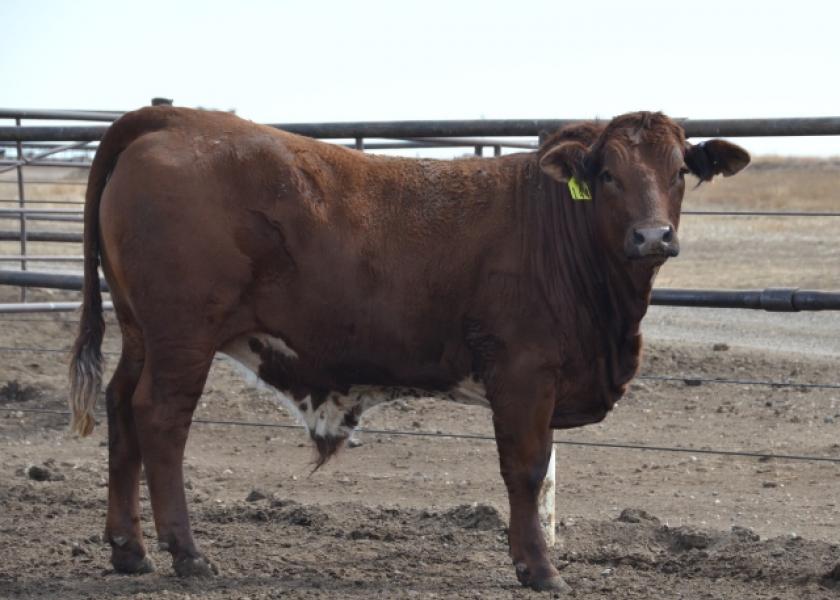Derrell Peel: Cattle Imports Update

Total cattle imports in July were down 4.1 percent with year to date total cattle imports up 14.7 percent year over year for the January through July period. Cattle imports in 2018 totaled 1.9 million head, including 66.8 percent Mexican cattle and 33.2 percent from Canada. Feeder cattle imports (from Mexico and Canada) accounted for 77.5 percent of total cattle imports with slaughter cattle (from Canada) adding another 21.8 percent of the total. Breeding cattle imports made up less than one percent of total cattle imports.
Data for July showed that monthly cattle imports from Mexico were down 7.4 percent compared to July, 2018. Year to date cattle imports from Mexico for the first seven months of the year are up 12.5 percent year over year. Thus far in 2019, feeder heifers made up 19.8 percent of Mexican cattle imports and steers accounting for 80.1 percent of Mexican cattle imports. The proportion of steers and heifers is unchanged from 2018 levels. A total of 1.27 million head of Mexican cattle were imported in 2018, equivalent to 3.5 percent of the 2018 U.S. calf crop.
July cattle imports from Canada were up 2.5 percent year over year, contributing to a 19.0 percent year to date increase in total Canadian cattle imports for the first seven months of this year. For the January to July period, Canadian cattle imports consisted of 33.0 percent feeder cattle and 61.8 percent slaughter cattle. Feeder cattle imports from Canada included 76.7 percent heifers, up 19.5 percent year over year. Year to date feeder steer imports are down 18.0 percent with total Canadian feeder cattle imports up 8.0 percent. Canadian feeder cattle imports in 2018 totaled just over 205 thousand head, equal to 0.6 percent of the 2018 U.S. calf crop.
Canadian slaughter cattle imports thus far in 2019 are up 26.7 percent year over year and include 66.2 percent slaughter steers and heifers and 33.8 percent slaughter cows and bulls. Year to date slaughter steer and heifer imports are up 45.5 percent year over year. 2018 slaughter steer and heifer imports from Canada totaled 239,317 head, and represented 0.9 percent of total yearling slaughter in the U.S. Year to date imports of Canadian slaughter cows and bulls are up 1.0 percent year over year. Total imports of slaughter cows and bulls in 2018 were 175,495 head and accounted for 2.6 percent of total U.S. cow and bull slaughter.
Cattle exports from the U.S. were down 3.4 percent in July with a year to date total of 128,050 head, up 21.3 percent year over year. Cattle exports consisted of 84.9 percent to Mexico with another 10.1 percent to Canada.
Related stories:
Derrell Peel: Beef Product Seasonality
Derrell Peel: Fall And Winter Stocker Grazing Prospects







